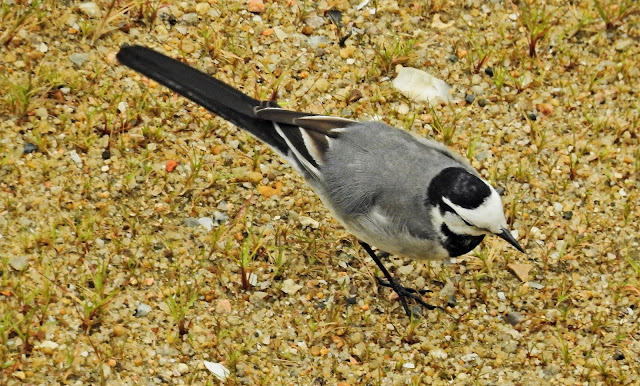The Chinese hwamei or melodious laughingthrush (Garrulax canorus ) is a passerine bird of eastern Asia in the family Leiothrichidae. The name "hwamei" comes from the Chinese 画眉 (huà-méi) means "painted eyebrow" referring to the distinctive marking around the bird's eyes. The species is a popular cagebird because of its attractive song.
It is 21 to 25 cm long with broad, rounded wings and a fan-shaped tail. The plumage is mostly reddish-brown with dark streaks on the crown, back and throat. There is a white ring around the eye which extends backwards as a white stripe. The bill and feet are yellowish. Birds on Hainan Island (L. c. owstoni ) are paler below and more olive-coloured above. The Taiwan hwamei is greyer and more streaked and lacks the white markings on the head.
The song is a loud, clear, varied whistling with regular repetition and imitations of other birds. The call is a rasping whistle or rattle.
The nominate subspecies G. c. canorus occurs across south-eastern and central China and in northern and central Vietnam and Laos. The race G. c. owstoni is found on Hainan.
G. c. canorus has been introduced to Taiwan, Singapore, Japan and Hawaii. In the Hawaiian Islands it was introduced in the early 20th century and now occurs in both native forest and man-made habitats. It is common on Kauai, Maui and Hawaii Island but less so on Oahu and Molokai.
The bird inhabits scrubland, open woodland, secondary forest, parks and gardens up to 1800 metres above sea level. It is common in much of its range and is not considered a threatened species.
It is a skulking bird which is often very difficult to see. It typically feeds on the ground among leaf litter, foraging for insects and fruit. It usually occurs in pairs or in small groups.
The breeding season lasts from May to July. A large cup-shaped nest is built up to two metres above the ground in a tree or bush or amongst undergrowth. Two to five blue or blue-green eggs are laid.







%2020.jpg)





%2020.jpg)
%2022.jpg)
%2023.jpg)
%2024.jpg)
%2025.jpg)
%2026.jpg)
%2020.jpg)
%2021.jpg)











